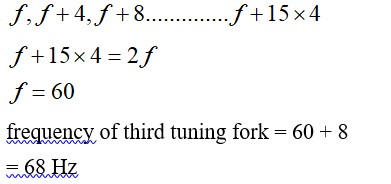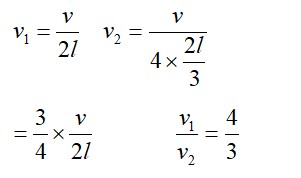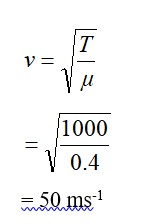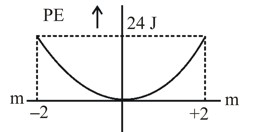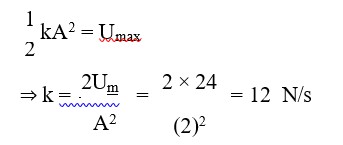15.19 Explain why (or how):
(a) In a sound wave, a displacement node is a pressure antinode and vice versa
(b) Bats can ascertain distances, directions, nature, and sizes of the obstacles without any “eyes”
(c) A violin note and sitar note may have the same frequency, yet we can distinguish between the two notes
(d) Solids can support both longitudinal and transverse waves, but only longitudinal waves can propagate in gases
(e) The shape of a pulse gets distorted during propagation in a dispersive medium
15.19 Explain why (or how):
(a) In a sound wave, a displacement node is a pressure antinode and vice versa
(b) Bats can ascertain distances, directions, nature, and sizes of the obstacles without any “eyes”
(c) A violin note and sitar note may have the same frequency, yet we can distinguish between the two notes
(d) Solids can support both longitudinal and transverse waves, but only longitudinal waves can propagate in gases
(e) The shape of a pulse gets distorted during propagation in a dispersive medium
-
1 Answer
-
(a) A node is a point where the amplitude of vibration is the minimum and the pressure is maximum. On the other hand, an antinode is a point where the amplitude of vibration is maximum and the pressure is minimum. Therefore, a displacement node is nothing but a pressure antinode and vice versa.
(b) Bats emit very high-frequency ultrasonic sound waves. These waves get reflected back toward them by obstacles. A bat receives a reflected wave (frequency) and estimates the distance, direction, nature and size of the obstacle with the help of its brain senses.
(c) The overtone produced by a sitar and a violin, and the strengths
...more
Similar Questions for you
The acceleration of wave is g/2. Its speed increases as it moves up. So answer is (2)
Taking an Exam? Selecting a College?
Get authentic answers from experts, students and alumni that you won't find anywhere else
Sign Up on ShikshaOn Shiksha, get access to
- 66k Colleges
- 1.2k Exams
- 680k Reviews
- 1800k Answers

